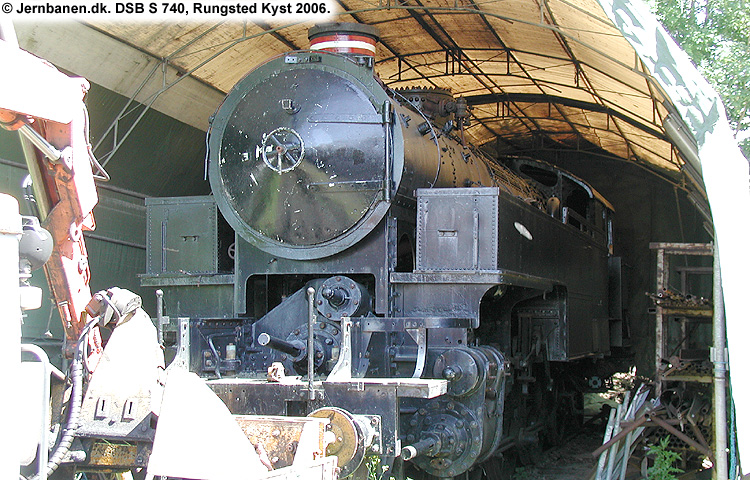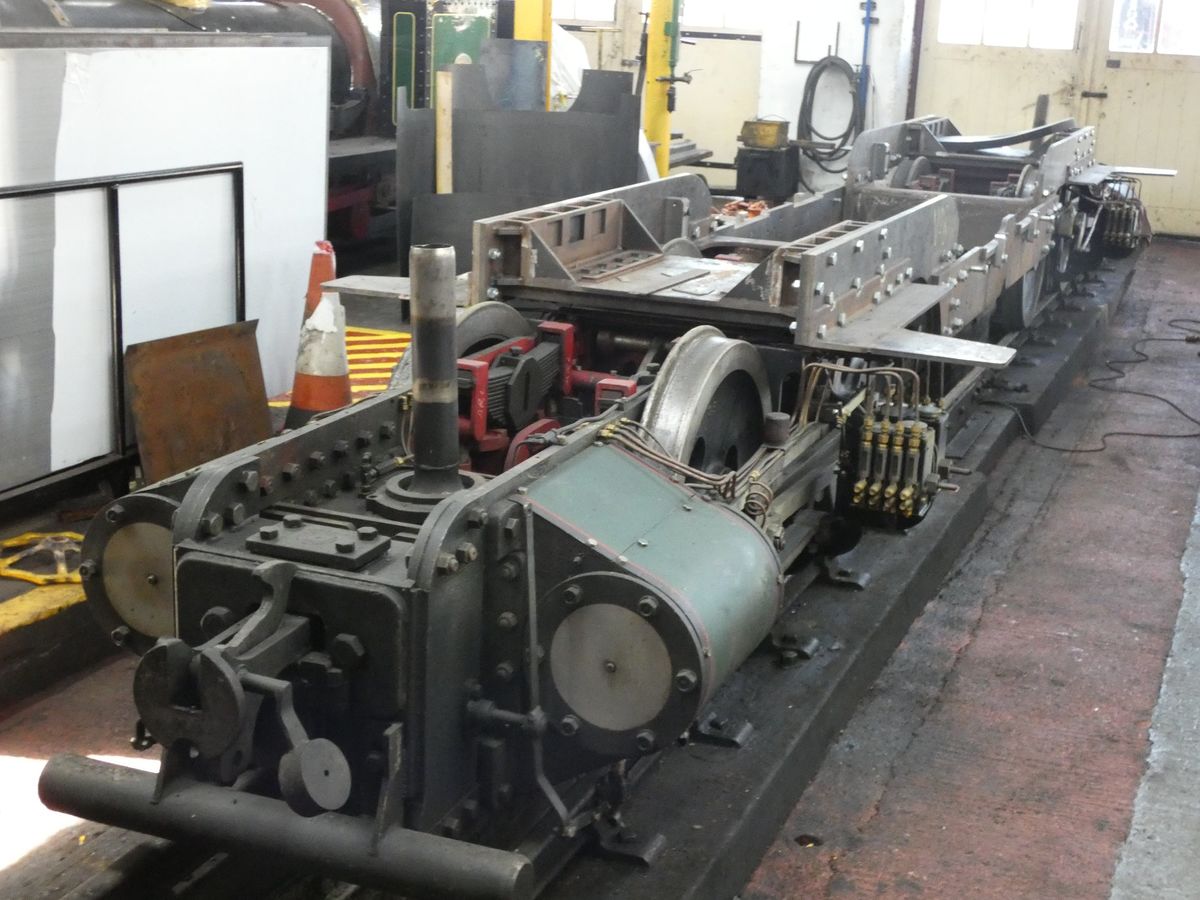fjparks
New Member
Hi,
I'm looking at purchasing A129 Plus Vs 129 PRO.
VIOFO web site says the PLUS has super cap.
It is not mentioned for the PRO.
My concern is that if it has battery instead of cap, and it has to move more video data, that it might be more likely to overheat.
I'm in SoCal so this is a concern.
Any opinions on this?
Anyone having overheating issues with A129s?
Thanks
I'm looking at purchasing A129 Plus Vs 129 PRO.
VIOFO web site says the PLUS has super cap.
It is not mentioned for the PRO.
My concern is that if it has battery instead of cap, and it has to move more video data, that it might be more likely to overheat.
I'm in SoCal so this is a concern.
Any opinions on this?
Anyone having overheating issues with A129s?
Thanks




